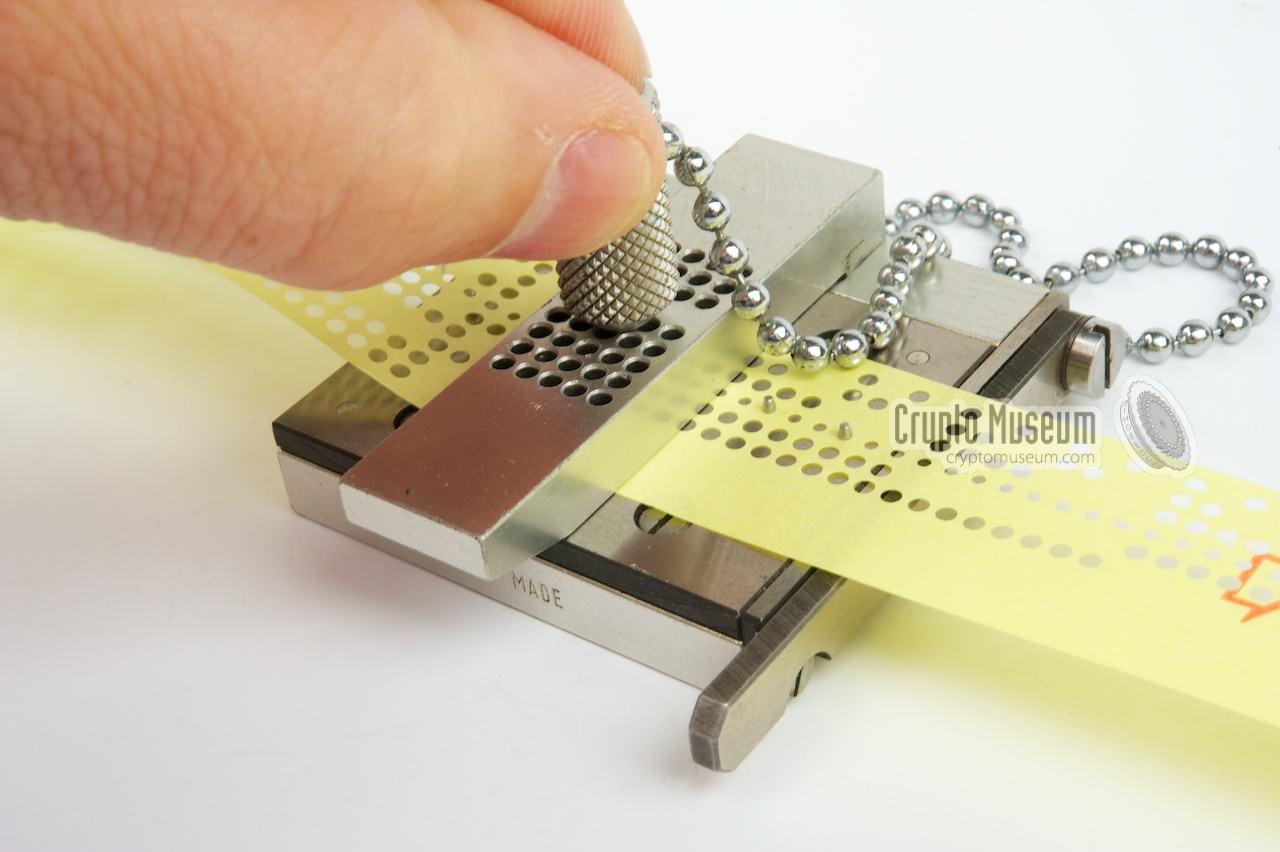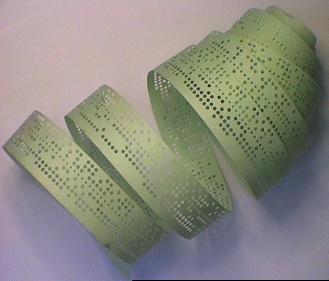what was the old hacker credo? proof of concept or gtfo.
Sing to me of command line passing styles, oh fediverse.
We all know the Unix one, with its minor variations of DOS (slash instead of minus) and GNU (long form arguments with double-minus).
I think dd's style (dd if=/dev/random of=/dev/hda bs=4096) was inspired by IBM's JCL.
And didn't AmigaDOS/TripOS have some limited, but rather consistent style?
(Let's disregard straight-forward function calls in Lisp Machines, Oberon systems or anything BASIC)
Made some good progress with the pico #SharpMZ80K emulator this evening. For the first time (after merciless kludging of the 8253 code wot I wrote) I have SP-5025 BASIC up and running - and executing a "hello world" program!
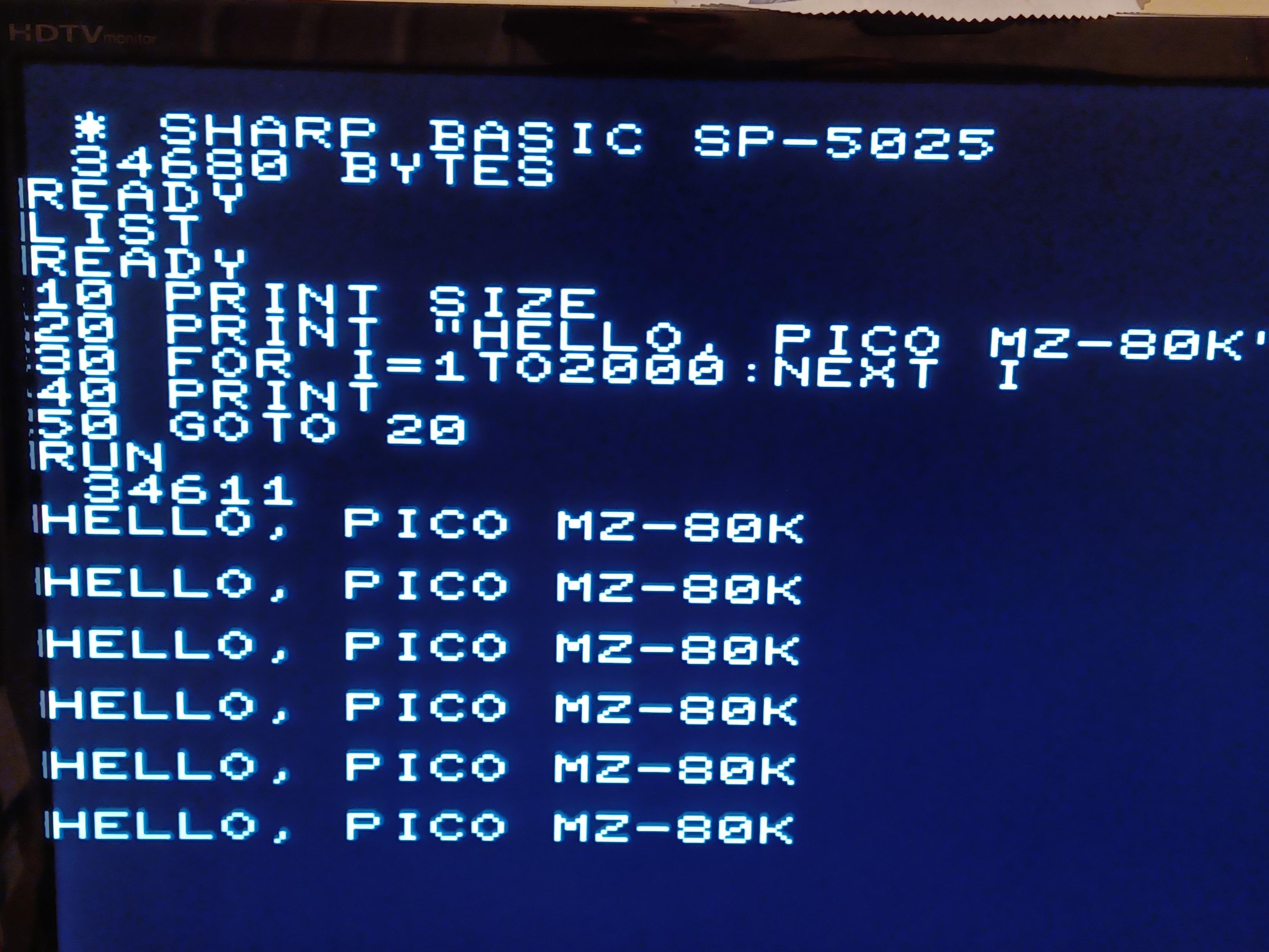
Latest part of this quest is writing *my own* diagnostics cart, which involves a relatively tricky set of jumps in order to test the upper 32K of RAM. It's working on real hardware, which is very cool. At least now I know my RAM is (trivially) ok.
#retrogaming #colecovision #colecoadam #retrocomputing
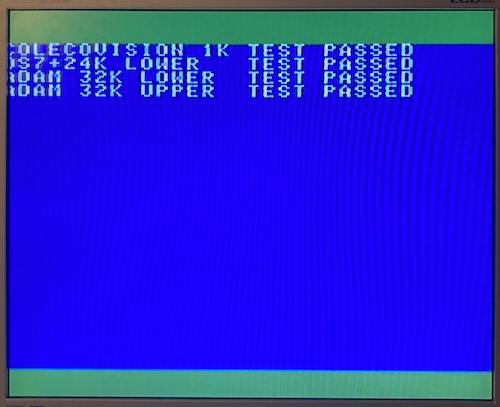
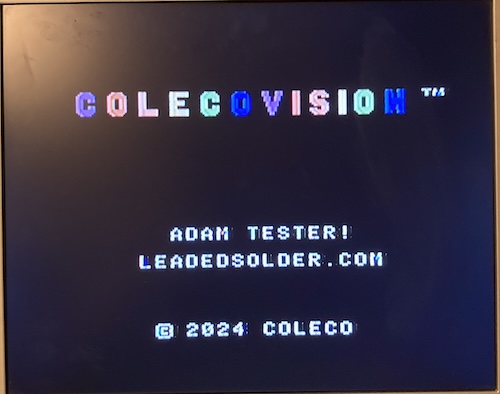
no no no *you* can't freely scan through the collected works of humanity, that right is reserved for the large language models.
@vidak The first computer my family had at home was an Osborne, which came with a manual detailed enough that it included a wiring diagram which allowed ~11 year old me to with out how to wire up an 8 micro switch game joystick to its parallel port and use it to control games I wrote in basic (and later, Z80 assembly).
noodling around old DOSs
re: ancillarily and about lisp
re: ancillarily and about lisp
arduino zero - 32K RAM
adafruit m4 - 192K RAM
Adafruit nRF52840 boards - 256K
beeb microbit V2 - 128K, V1 - 16K
teensy boards - 1 moby
pi pico 2 - 520K
i think the chinese might even be able to offer some interesting solutions to exactly what microcontroller platform to target, this is a curated list of what ulisp supports natively.
re: ancillarily and about lisp
give me a few minutes here, will reply to this status
re: noodling around old DOSs
https://github.com/dhansel/ArduinoFDC#ardudos
this could be the ticket. just rewrite this in ulisp.com.
ArduinoFDC is a sketch that implements a floppy disk controller. It works with Arduino Uno, Leonardo, Nano, Pro Mini, Micro and Mega.
ArduinoFDC consists of three parts:
A library providing low-level functions to allow reading and writing disks at the sector level as well as low-level formatting disks.
Integration of ChaN's brilliant FatFS library to provide file-level functions for reading and writing files and directories in a FAT (MS-DOS) file system and a high-level format function to initialize a FAT file system.
An example sketch implementing ArduDOS, a (very) small DOS environment for browsing a FAT file system as well as a low-level disk monitor to access sector data on the disk, including the ability to transfer whole disks or single files via the XModem protocol.
ArduinoFDC works with double density (DD) as well as high density (HD) disk drives. It can read, write and format 5.25" DD (360KB), 5.25" HD (1.2MB), 3.5" DD (720KB) and 3.5" HD (1.44MB) disks.
noodling around old DOSs
from: https://retrocomputing.stackexchange.com/a/5290
The minimum requirement for floppy use was, as you already guessed, 32 KiB. And oh wonder, DOS can be booted on a 32 KiB machine. Still, not much space would have been left for any application. 48 KiB was a more realistic size for real world applications.
(DOS itself (everything without the shell COMMAND.COM) was about 9 KiB for 1.x, 24 KiB for 2.x, 36 KiB for 3.0 and 46 KiB for 3.3. So minimum RAM to boot would be 32 KiB for 1.x, 48 KiB for 2.x and 64 KiB for 3.0 - after 3.1 a memory expansion board would be needed to boot on a genuine PC.)
https://winworldpc.com/product/ms-dos/1x
from: https://retrocomputing.stackexchange.com/a/6443
The first CP/M computers had RAM sizes starting from ~16kBytes (CP/M 2.2 needs about 20kB). So, CP/M, aiming to be a portable, "one-size-fits-all" operating system, had to assume some memory map. The main RAM area a bare-bone CP/M system needs for its own purposes is the sector buffer, sized 128 bytes, that has to end up somewhere. CP/M decided to put that at 080H by default. That left the first byte to be used by user code (thus, the TPA) at 0100H.
Below that (0-80H), CP/M puts the BDOS vector and a stub for the reset code (8080 starts execution at 0 after reset), so you had to have a limited amount of ROM that could overlay at least the first three bytes (JMP into the BDOS). At 5CH, you would normally see an FCB (the second main CP/M data structure), also all the other administrative data structures CP/M needs reside in the lower 80H bytes.
i think a 16K RAM operating system would perhaps only be a souped up monitor program?
you can make whole action RPGs with sub 1K RAM, so i am thinking i might tour through the FORTH ecosystem a bit and see what other people have done.
BUT--what if we relax the criterion for just floppy disks? what about being able to load tape data? this could lead to developing a specific hardware solution for reliable data storage.
we'd be looking at ~50KB data @ 15 minute audio loading, using my rough research.
how much RAM do you need for a floppy disk drive anyway?
I’ve built a Forth 2012 implementation in Common Lisp for a client. Today, I was give permission to make it public. MIT license, CCL and SBCL, includes an FFI as well. https://github.com/gmpalter/cl-forth
hi this is vidak
aka @dirtycommo
aka @vidak
aka @vidak@zoinks.one
aka ...
this is the grand new social.solarpunk.au pleroma server
this is the second in a suite of friendly computers worker's cooperative services. the other being matrix.solarpunk.au.
zeroth of all, @izaya has been instrumental in all this. this is actually a massive cooperation between two computer laboratories. friendly computers has a strong partnership in these projects.
first of all i wanna thank SDF for sheltering me as always. someone take out a metaARPA tier membership with them. gopher would not be shit without SDF.
second of all, this server is aiming to be online with stability for five (5) years. after that we will reassess and make a longer plan.
wanna be involved in server admin or request an account? contact @vidak:matrix.solarpunk.au.
no more online homelessness (:
it has been quite a nomadic digital existence this last while. fedi servers rise and fall, people come and go...
and yet i am not a diogenes but an epicurus this whole time...
hi please don't forget this is a project i also maintain
"Originally, the people's permacomputer project was an attempt to physically realise a permacomputer. After thorough research into the contemporary efforts to build small, accessible and easily constructed hobbyist computers, it became clear that the task of the permacomputer project was not necessarily to adopt or replicate the efforts of the actual great numbers of others.
"Luckily, the focus of this project was always broader than just something concrete and tangible. We also suggested the development of a list of suggested social and cultural practices around computing that would assist in the continued human practice of electronic computing."

